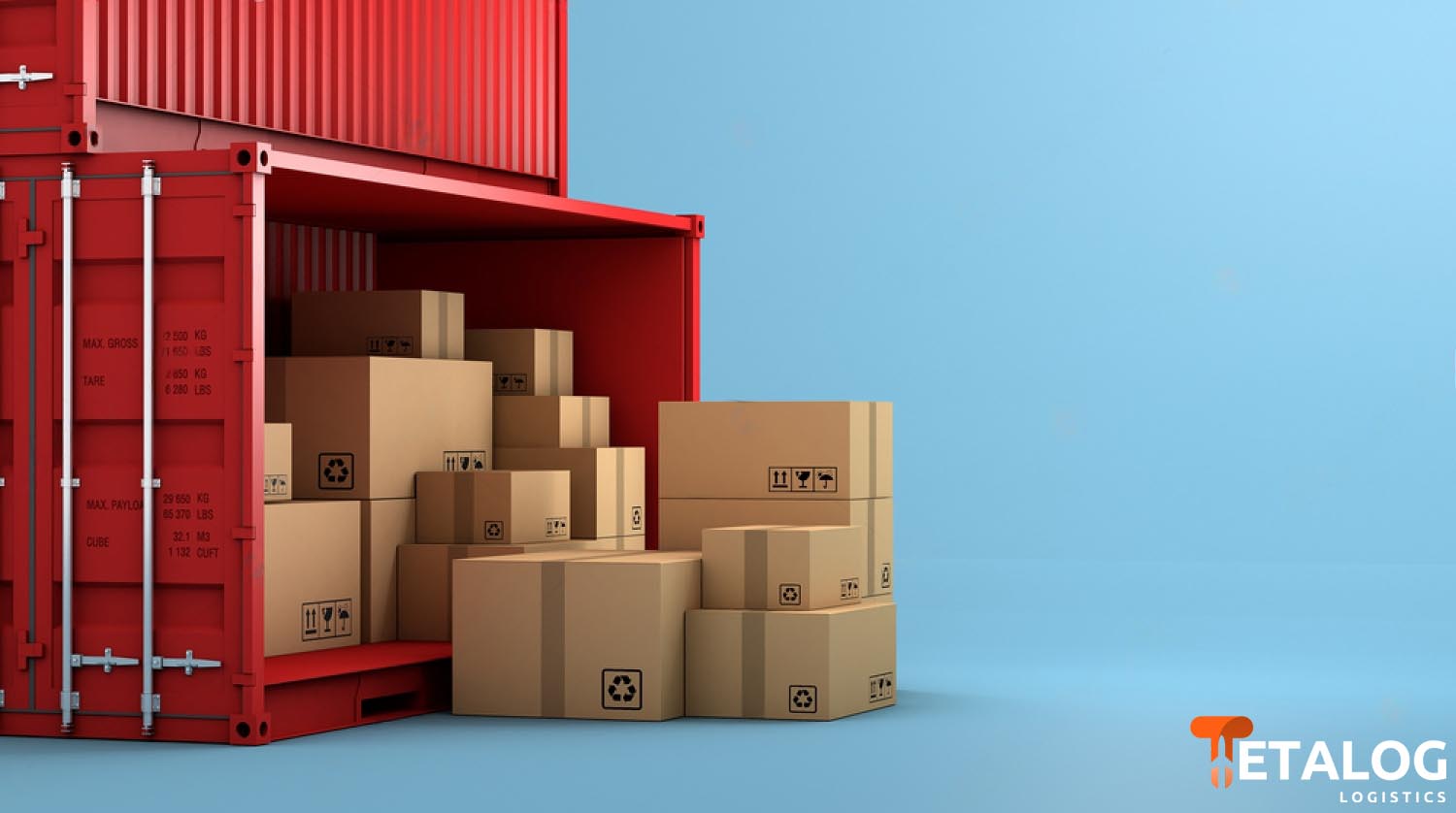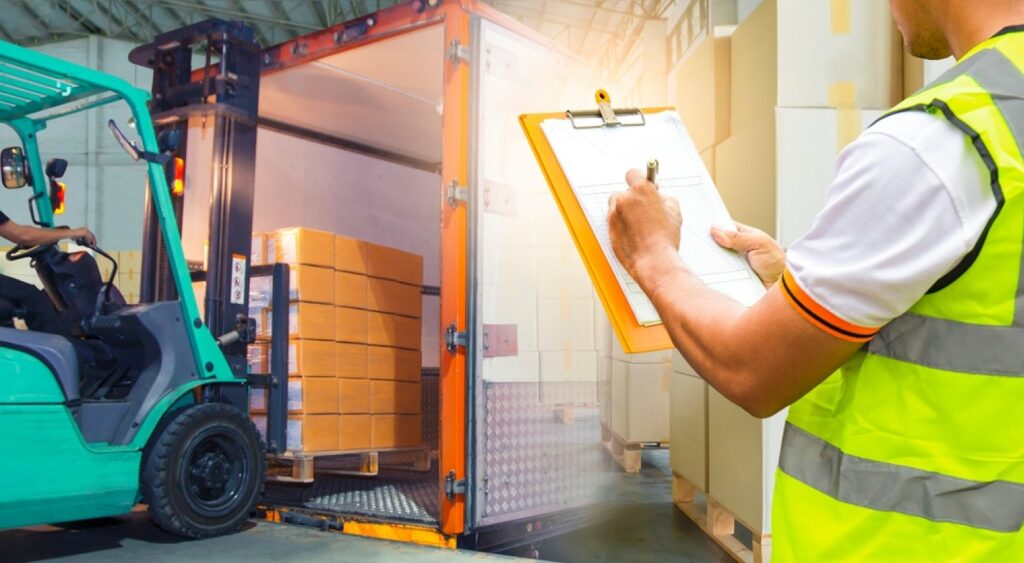
What is partial transportation? This term, literally meaning “not all” or “part,” is a commonly used term in the transportation industry. Partial transportation, which is a type of service that offers complete transportation services and is used for services such as project and heavy haul transportation, is a service type.
Thanks to partial transportation, which is based on the principle of transporting different customers' goods on the same route with the same vehicle, it is possible to ensure full capacity utilization of the load and reduce transportation costs.
Partial transportation offers significant advantages to both customers and logistics companies. Customers can transport their small quantities of materials more economically, while logistics companies can earn more profit by fully utilizing their vehicle capacities. Therefore, partial transportation has become a frequently preferred service in the transportation sector.
What is Partial Loading?
Partial loading refers to transporting a small amount of products during a cargo or transportation service that cannot fill the entire loading area. This method can be an ideal option for small businesses or individuals because renting only the needed space is more economical than renting an entire transport container or vehicle. Partial cargo minimizes transportation costs while making logistics processes more efficient. It can help businesses be more flexible in stock management and supply chain management, providing a competitive advantage.
Advantages of Partial Transportation
- It is a cost-effective transportation method because it aligns with pricing scales.
- It reduces vehicle loading times and provides a more efficient transportation process.
- It allows for many opportunities and advantages in transporting loads to different regions.
- There are methods to prevent carriers from returning with empty or underloaded vehicles.
- It enables the transportation of materials that cannot be fully loaded into a specific container or wagon to different locations.
How is Partial Transportation Done?
Partial transportation is divided into two categories: domestic and international. If the transportation process takes place within Turkey, these services are called intercity partial transportation. However, partial loads leaving Turkey or coming to Turkey from another country are called international partial transportation.
Partial transportation is carried out in four different stages: reservation, planning, storage, and shipment. Each of these stages has specific standards. For example, transportation is planned based on criteria such as the volume or weight of the load. Cubic meters (desi) can also be an important factor.
The most critical step in the partial transportation process is properly packaging the load and preparing it for shipment. The details to pay attention to at this stage are the safety and transportability of the load. Additionally, taking precautions against possible problems during shipment is also very important. Meticulous implementation of all these steps ensures the successful execution of partial transportation.

What are the Types of Partial Transportation?
Sea Freight Partial Transportation
A large part of global freight transportation is carried out via sea transportation. Partial load transportation by sea, which is different from road freight, is called Less Than Container Load (LCL). This allows for the safe transportation of various sizes of partial loads worldwide, including goods that are subject to customs clearance.
Road Partial Transportation
Road transportation is the most preferred form of partial transportation. Since the loads taken from the warehouse are transported with the same vehicle, they must be carefully placed. Special attention should be paid to packaging, labeling, and packing processes. This helps prevent potential issues such as accidents, crushing, or damage during the journey. Thanks to this transportation method, partial loads can reach their destinations quickly.
Railway Partial Transportation
In railway transportation, partial loads are transported in smaller quantities compared to other methods. In this case, loads are placed in wagons and transported by locomotives. Railway freight and combined transportation are generally preferred as more environmentally friendly options.
Air Freight Partial Transportation
Air freight is considered the fastest transportation method due to the high speed capacity of aircraft. However, loads transported by air are usually partial loads. While this mode offers significant speed advantages, it is more expensive. Therefore, careful loading and packaging of the loads should be given special attention.
How is Partial Load Calculated?
Partial transportation within road freight is important for calculations. Measurements such as cubic meters and weight, as well as load meter calculation criteria, are used. This way, transportation costs can be accurately calculated.
Partial load volume (M3) calculations are performed based on length, width, height, and quantity using a specific formula.
Example;
1 m3 = 333 kg
1 ton = 3 m3
1 ldm = 1750 kg
The Value and Standards of Tetalog Logistics in Partial Transportation
It must be managed carefully for the safety and correct delivery of the load. Tetalog Logistics is known as a leading company in the sector with its quality services and reliable transportation options. It offers solutions suitable for customer needs, ensuring the correct management of loads to be transported. This enables them to deliver on time and reliably. Tetalog proves its quality as an important player in the logistics sector for partial transportation.




